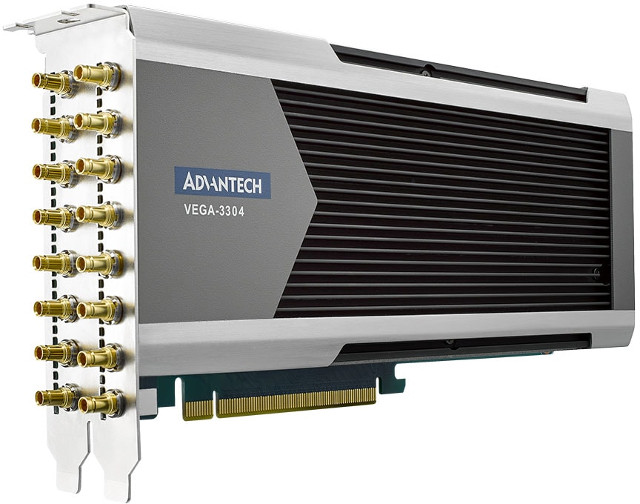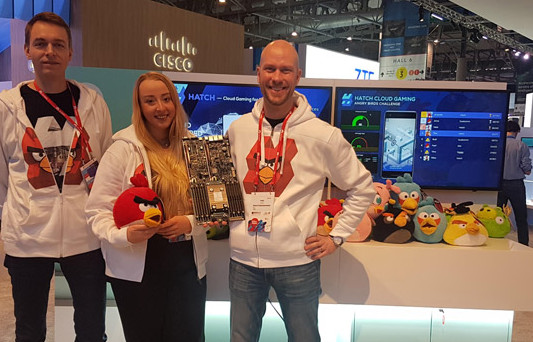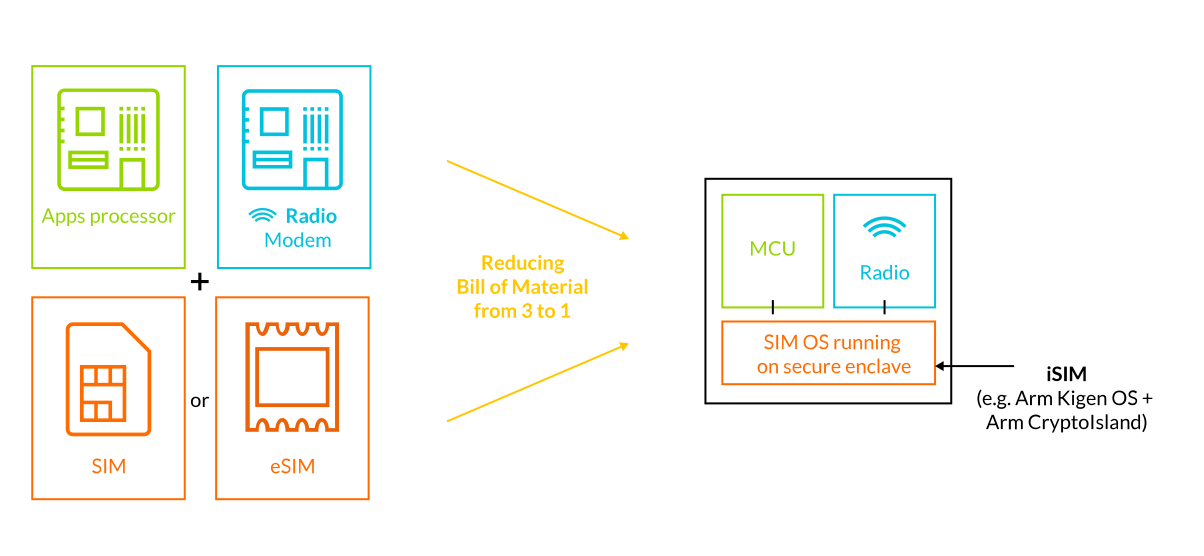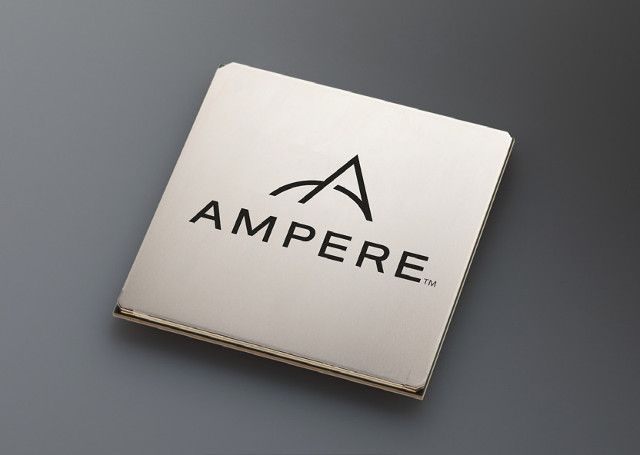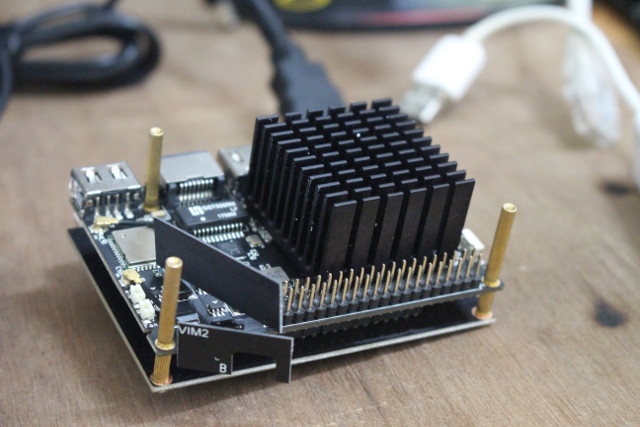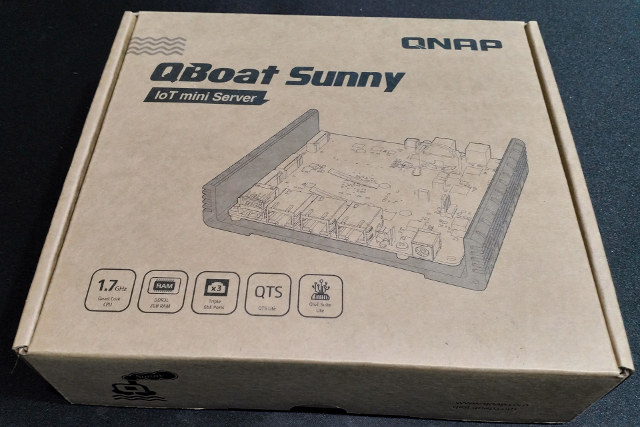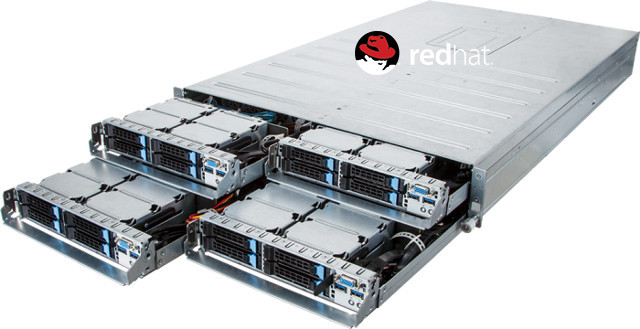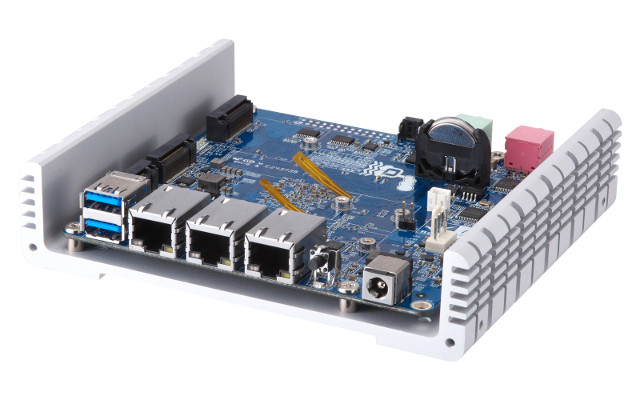The first live event to be broadcasted in 8K resolution should be the Tokyo Olympic Games in 2020, but but broadcasters will use large and expensive infrastructure equipment to achieve this feat. However, the cost of this solution will be prohibitive for most other situations, so Advantech and SocioNext have collaborated to provide more affordable solutions for live 8Kp60 HEVC video encoding and decoding. One of those solution is Advantech VEGA-3304 that is said to be the first 8Kp60 HEVC acquisition encoder, and comes with 16 x SDI-3G inputs Key features: 1-ch 8Kp60, 4-ch 4Kp60 or 16-ch 1080Kp60 HEVC real-time encoding in Main 8, Main 10 4:2:2 modes Video acquisition over built-in 16-ch 3G-SDI inputs HDR support Double width, ¾ length PCI Express x16, compatible with server GPU slots The PCIe card supports Linux and Windows, and simple-to-use API and example code for FFmpeg and GStreamer multimedia are provided. It can […]
Qualcomm Centriq 2400 Servers to Deliver Cloud based Mobile Gaming
Qualcomm Centriq 2400 Arm SoC launched at the end of last year, and with its 48 custom 64-bit Arm “Falkor” cores is optimized for datacenter workloads. But what everybody wants to know is whether it will run Crysis Angry Birds. And the answer is a resounding yes!, as Rovio’s subsidiary HATCH collaborated with Qualcomm to implement cloud gaming for mobile using Centriq 2400 based servers. The solution has the advantage of not requiring any additional downloads or installations after installing HATCH since everything is stored in the cloud, which also mean you’ll always get the latest version of the games. The game logic runs on the server, while the mobile phone takes user input in real-time, and the server can deliver 60 fps gaming for half the bandwidth required by HD video streaming. The company is now showcasing their solution at Mobile World Congress 2018 with an an early preview […]
Arm Kigen Puts SIM Card Functionality Right into IoT SoCs
Most cellular devices rely on SIM cards, and while with micro and nano SIM, the card has become smaller the electronics and connection remains the same. More recently, we’ve started to see boards featuring eSIM (embedded SIM), a chip soldered directly to the board that’s remotely provisioned by a local mobile network operator, so no more card needed, and the chip should not be tied to a single operator, so you can change plan whenever you want. But soon we won’t be able to find out if a board supports cellular connectivity by looking for a SIM card slot or eSIM chip – although the antenna(s) will still be there, and give a pretty obvious clue – , as Arm has now unveiled Kigen that integrates SIM identity directly into SoCs for the Internet of Things. This will enable what the company (the industry?) call integrated SIMs (iSIM) combining an […]
Ampere SoC Designed for Cloud Computing Comes with 32 ARMv8 Cores @ 3.3 GHz, Supports up to 1TB RAM
Ampere is a brand new company that has just launched to “address memory performance, cost, space and power constraints for emerging hyperscale cloud applications and next-generation data centers”, and whose founders include Renee James (CEO), former president of Intel, among other “semiconductor and cloud computing experts”. Their upcoming 64-bit Arm server processors aim to achieve those goals via thirty two custom Armv8-A cores operating at up to 3.3 GHz, support for up to 1TB of RAM, and a 125 Watts power envelop, or around 4 Watts per core. Ampere SoC specifications listed by the company: Processor Subsystem 32x Armv8 64-bit CPU cores up to 3.3 GHz with Turbo 32 KB L1 I-cache, 32 KB L1 D-cache per core Shared 256 KB L2 cache per 2 cores System Memory 32 MB globally shared L3 cache 8x 72-bit DDR4-2667 channels Advanced ECC and DDR4 RAS features Up to 16 DIMMs, 1 TB/socket […]
How to Use Khadas VIM2 Board with VTV Expansion DTV Board as a Live TV Streaming Server
Khadas VIM2 is the first and only Amlogic S912 based hobbyist development board on the market, which makes it interesting by itself, but the company also added some interesting features such as an SPI flash for network boot, Wake-on-LAN support, and more. Last month the company sent me a sample of the Khadas VIM2 Basic (2GB RAM/16GB flash) together with VTV Extension DTV Board featuring a DVB-T2/C and DVB-S2 tuner. I’ve already checkout the hardware and shown how to assemble the kit, so for the second part of the review it seemed like a good idea to use the board as a Live TV streaming server broadcasting satellite, cable or terrestrial TV to devices connected to the local network. At first I wanted to use Linux operating system, because I could have run other Linux server services, but SuperDVB, the company that makes and supports the tuner board, only have […]
QNAP QBoat Sunny Review – Part 1: Unboxing, Closer Look, and Initial Setup
We spotted the QBoat Sunny at QNAP’s booth back at CES in January and much has changed since then. Not only did QNAP change from an Intel based solution to an ARM based one, but the product seems to have shifted from being a development board to a strange kind of IoT server. The QBoat Sunny sample that QNAP provided for us to look at is based on the Annapurna Labs AL-314 quad core ARM Cortex-A15 SoC which is clocked at 1.7GHz. This has been paired with 2GB of DDR3L RAM (non-expandable) and 512MB of NAND flash that isn’t user accessible, much as on their NAS products. This simply contains the core parts of the QTS Lite OS. As such, you need to install an M.2 SATA SSD to be able to get started with the QBoat Sunny. QNAP provides a list of compatible SSDs on its website, although some […]
Red Hat Enterprise Linux 7.4 Now Fully Supports Arm servers
When hardware vendors announced Arm based servers they also claim support for operating systems such as Ubuntu 16.04 LTS and Red Hat Enterprise Linux, so I assumed software support was more or less where it needed to be with regards to Arm server. But apparently, it may not have been so, as Red Hat only announced full support for Arm servers in Red Hat Enterprise Linux for ARM a few days ago. It also started with SBSA (Server Base System Architecture) specifications in 2014, that aimed to provide a single operating platform that works across all 64-bit ARMv8 server SoCs that complies with the said specification. Red Hat then released a developer preview of the OS for silicon and OEM vendors in 2015, and earlier this week, the company released Red Hat Enterprise Linux 7.4 for Arm, the first commercial release for this architecture. RHEL 7.4 for Arm come with […]
QNAP QBoat Sunny IoT Mini Server Board Officially Announced with Annapurna Labs AL-314 ARM Processor
We first had a glance at QNAP QBoat Sunny at CES 2017. At the time, QNAP IoT development board was powered by an Intel AnyWAN GRX750 dual core Atom based processor with 2GB RAM, 4GB flash, three Gigabit Ethernet ports, some mSATA slot and so on. The company has now officially announced the board, but with a twist, as the Intel processor has been replaced by Annapurna Labs (now part of Amazon) AL-314 quad core ARM Cortex-15 processor instead, and left most of the other features pretty much unchanged. QBoard Sunny board specifications: Processor – Annapurna Labs AL-314 quad core ARM Cortex-15 processor up to 1.7 GHz System Memory – 2GB DDR3L Storage – 512MB NAND flash, 2x M.2 2260/2280 SATA slots for SSDs (Key M) Network connectivity – 3x Gigabit Ethernet USB – 2x USB 3.1 Gen1 ports Audio – 3.5mm audio out jack, 3.5mm audio in jack Expansion […]


